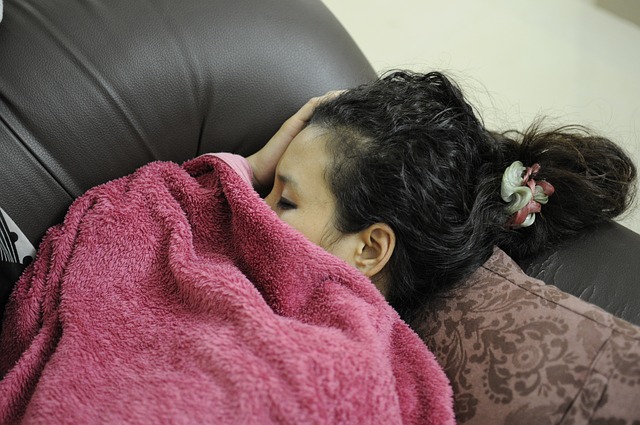Patients who take the newest class of diabetes drugs to control blood sugar levels are twice as likely as those on other forms of sugar-control medication to be hospitalized with pancreatitis, according to Johns Hopkins researchers.
In an article published online in JAMA Internal Medicine, the scientists say the new drugs - glucagon-like peptide-1-based therapies (GLP-1) - are associated with an increased risk of hospitalization for acute pancreatitis. The agents sitagliptin and exenatide - generic names for the drugs sold under the brand names Januvia and Byetta - appear to contribute to the formation of lesions in the pancreas and the proliferation of ducts in the organ, resulting in wellsprings of inflammation.
Physicians and regulators have been aware that pancreatitis could be a side effect of GLP-1 therapies, a risk that emerged in animal studies and reports to the U.S. Food and Drug Administration. But the Johns Hopkins investigators say their study is the first to accurately measure the strength of this risk in analyses that accounted for other pancreatitis risk factors, such as gallstones, obesity and heavy alcohol use.
"These agents are used by millions of Americans with diabetes. These new diabetes drugs are very effective in lowering blood glucose. However, important safety findings may not have been fully explored and some side effects such as acute pancreatitis don't appear until widespread use after approval," says study leader Sonal Singh, M.D., M.P.H., an assistant professor in the Division of General Internal Medicine at the Johns Hopkins University School of Medicine.
Patients should be alert to symptoms of pancreatitis - nausea, vomiting that won't stop, abdominal pain - and seek treatment immediately if any symptoms noted on the drug label occur.
Pancreatitis is marked by inflammation of the pancreas, the organ that releases such hormones as insulin and glucagon, as well as enzymes that help digest food. A painful condition, pancreatitis can be dangerous if left untreated.
Continue Reading Below ↓↓↓
Singh and his colleagues based their findings on analysis of data from seven BlueCross BlueShield health insurance plans. They first identified 1,269 beneficiaries with type 2 diabetes who filled at least one prescription for any drug to treat the disease between 2005 and 2008. After matching them with 1,269 type 2 diabetics who had not, and controlling for the other known pancreatitis risk factors, the researchers found that people who took one of the GLP-1 therapies were twice as likely to be hospitalized with pancreatitis within 60 days of first taking the drugs as those who had taken a different medication.
In a healthy person, the pancreas releases insulin to help the body store and use sugar from food. Diabetes occurs when the pancreas does not produce the right amount of insulin or the body does not respond appropriately to the hormone. When there isn't enough insulin, or the insulin is not used as it should be, glucose (sugar) can't get into the body's cells and builds up in the bloodstream instead. Because of the role of the pancreas in diabetes, people with diabetes are already at an increased risk for pancreatitis.
This research was supported by the Johns Hopkins Clinical Research Scholars Program, the National Institutes of Health's National Center for Research Resources (1KL2RR025006-03) and the NIH Roadmap for Medical Research. Other Johns Hopkins researchers involved in the study include Hsien-Yen Chang, Ph.D.; Thomas M. Richards, M.S.; Jonathan P. Weiner, Dr.Ph.; Jeanne M. Clark, M.D., M.P.H.; and Jodi B. Segal, M.D., M.P.H.
Source: Johns Hopkins Medicine










